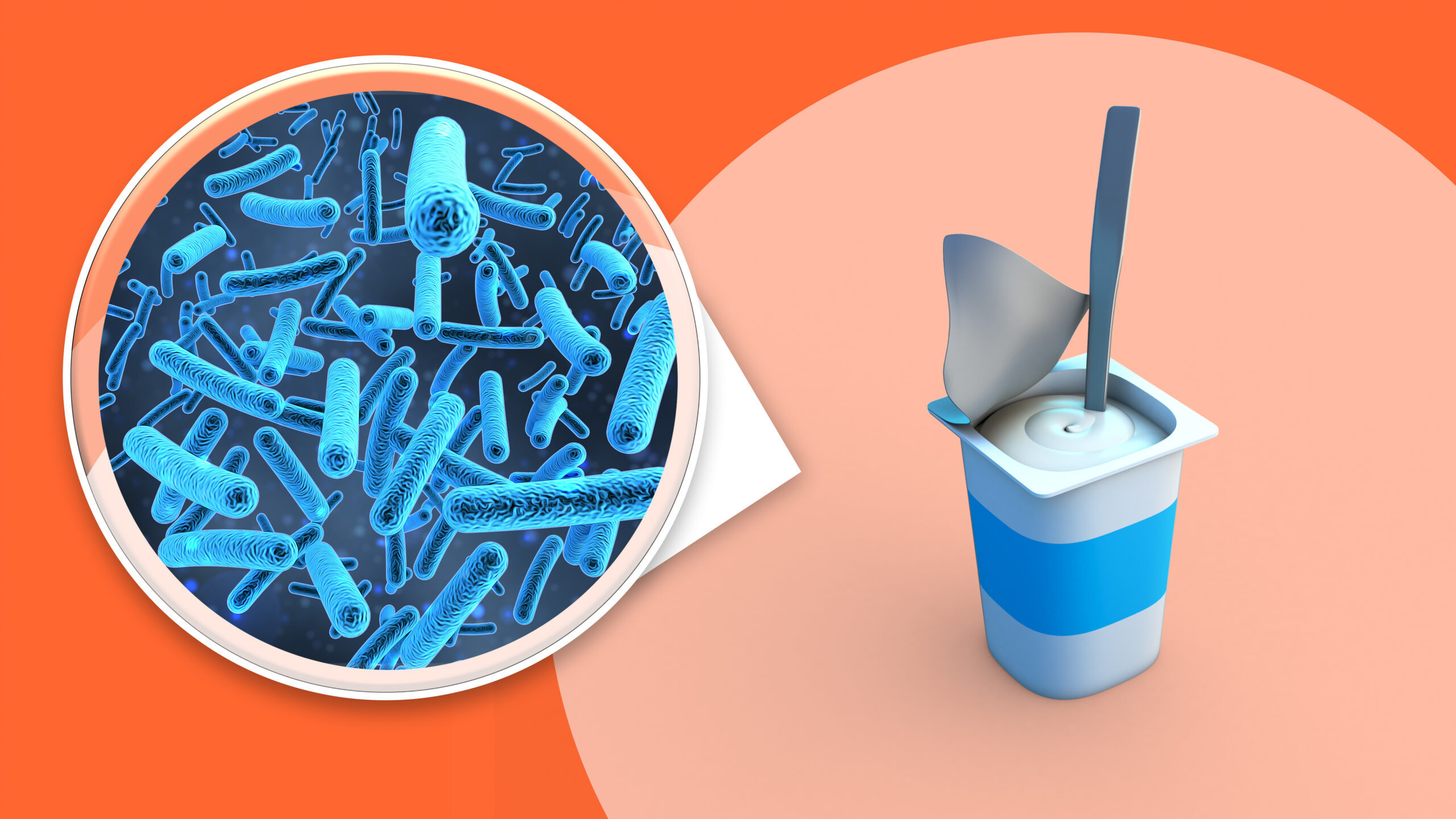In the modern world, concerns about new conditions and their transmission are common. One of these emerging concerns is laturedrianeuro and whether it can spread from one person to another. This article explores what laturedrianeuro is, whether it can spread, how it affects people, and what steps you can take for prevention and care. We will also clear myths, explain scientific findings, and share what you should do if you suspect laturedrianeuro symptoms.
What Is Laturedrianeuro?
Laturedrianeuro is a condition that has gained attention due to its complex neurological effects on the human body. It is not widely discussed in mainstream medical conversations, which leads to confusion. The term “laturedrianeuro” refers to a neurological dysfunction that can affect cognitive functions, nerve responses, and sometimes mood regulation.
It is essential to clarify that laturedrianeuro is not a virus or bacteria. Instead, it describes a state of neurochemical imbalance and dysfunction triggered by underlying factors like genetics, environmental toxins, immune system misfires, or sometimes by unknown triggers.
Is Laturedrianeuro Contagious?
A common fear is whether laturedrianeuro can spread from one person to another. The straightforward answer, based on current findings, is no, laturedrianeuro does not spread like a virus or bacterial infection.
Here’s why:
- Laturedrianeuro is not caused by infectious agents like viruses or bacteria.
- It is not transmitted through air, water, or physical contact.
- It has no evidence of transmission through blood or bodily fluids.
Instead, laturedrianeuro develops within an individual’s nervous system due to internal dysfunction, not through external transmission.
Why Do People Think Laturedrianeuro Spreads?
Despite medical clarification, rumors about laturedrianeuro spreading persist. Several reasons fuel this misunderstanding:
- Similar Symptoms: Multiple people in the same household may show similar neurological symptoms due to shared environmental factors, leading to confusion about “spread.”
- Fear of Unknown: Any condition with cognitive symptoms or nerve pain triggers fear about contagion.
- Social Media Misinformation: Misinterpretations and fear-based posts often create panic without scientific backing.
It is important to rely on medical studies and clinical data rather than hearsay.
How Does Laturedrianeuro Develop?
Laturedrianeuro often develops in stages, and though it does not spread between individuals, its progression within an individual can escalate if left unmanaged.
- Stage 1: Initial Disruption
Subtle nerve disruptions, mood swings, mild confusion, or tingling may occur. - Stage 2: Progression
Cognitive slowdown, coordination issues, or nerve pain may intensify. - Stage 3: Advanced Symptoms
Memory issues, concentration challenges, or partial nerve response limitations may appear.
Not everyone progresses through these stages the same way. Lifestyle, medical management, and early care can slow or stabilize the condition.
Is There a Risk in Family Members Developing Laturedrianeuro?
While laturedrianeuro is not contagious, there may be genetic or environmental risks that cause more than one family member to develop it over time, which people sometimes mistake for “spreading.”
Possible shared risk factors include:
- Genetic predisposition affecting nerve health.
- Shared environmental toxins (pesticides, heavy metals).
- Similar lifestyle patterns that impact neurological health.
Hence, it is the shared environment or genetics, not infection, that may explain multiple cases within families.
Symptoms to Watch for in Laturedrianeuro
Recognizing symptoms early helps in seeking treatment and preventing progression. Common symptoms include:
- Persistent headaches
- Numbness or tingling in limbs
- Memory lapses
- Mood swings or unexplained irritability
- Fatigue without clear cause
- Difficulty concentrating
- Muscle weakness
Not every symptom means you have laturedrianeuro, but if you experience multiple symptoms consistently, consult a healthcare professional.
Diagnosis: How Is Laturedrianeuro Identified?
Since it is not an infection, testing for laturedrianeuro does not involve swabs or blood cultures. Instead, diagnosis typically includes:
- Detailed medical history
- Neurological examination
- Imaging tests like MRI to rule out structural causes
- Nerve conduction studies
- Blood tests to check for deficiencies or autoimmune issues
A neurologist usually coordinates this assessment to confirm if the symptoms align with laturedrianeuro.
Treatment and Management
Currently, there is no single cure for laturedrianeuro, but treatments can manage symptoms effectively.
Treatment options may include:
- Medications for nerve pain and inflammation
- Cognitive therapy to address memory and concentration issues
- Lifestyle changes including stress management, a balanced diet, and regular exercise
- Occupational therapy to improve daily functioning
- Supplements if deficiencies are contributing
Early intervention often leads to better outcomes, allowing many people to continue leading productive lives.
Prevention: Can Laturedrianeuro Be Avoided?
While not all cases can be prevented due to genetic predisposition, some lifestyle practices may reduce risk factors:
- Minimize exposure to toxins (pesticides, heavy metals)
- Maintain a diet rich in antioxidants and omega-3s
- Exercise regularly for nerve health
- Avoid chronic stress through mindfulness or relaxation techniques
- Sleep adequately to support neurological repair
These habits are beneficial for overall neurological health, whether or not you are at risk of laturedrianeuro.
Clearing Common Myths
Myth: “Laturedrianeuro is as contagious as a cold.”
Fact: Laturedrianeuro does not spread through contact or air.
Myth: “If one family member has it, others will catch it.”
Fact: Shared genetics or environments may explain multiple cases, not contagion.
Myth: “You cannot live a normal life with laturedrianeuro.”
Fact: With treatment and lifestyle management, many people continue productive lives.
Myth: “There is no help available.”
Fact: Neurologists and therapists provide supportive treatments to manage and slow progression.
Frequently Asked Questions (FAQs)
Can I catch laturedrianeuro by touching someone who has it?
No, it is not contagious through touch or proximity.
Can children get laturedrianeuro?
It is rare in children but can occur in specific neurological or genetic conditions.
Should I isolate someone with laturedrianeuro?
No isolation is needed as it does not spread between people.
Can laturedrianeuro symptoms go away on their own?
Some mild symptoms may improve with lifestyle changes, but medical guidance is essential.
What doctor should I see for laturedrianeuro?
A neurologist is the best specialist for diagnosis and management.
Living With Laturedrianeuro: A Hopeful Perspective
While the term “laturedrianeuro” sounds intimidating, understanding that it does not spread between people is reassuring. With appropriate lifestyle management, medical care, and family support, individuals can adapt and thrive.
If you or a loved one suspect laturedrianeuro, do not panic or isolate the individual. Instead, consult a qualified healthcare provider to determine the right path forward. Remember, knowledge and early care are your best tools in facing neurological conditions confidently.
Final Thoughts
To conclude, laturedrianeuro cannot spread from person to person. It is not infectious and does not require isolation measures. The focus should be on early detection, personalized treatment, and lifestyle practices to support nerve health.
Stay informed, avoid fear-driven myths, and encourage discussions about neurological health in your community. By spreading accurate information, we empower ourselves and others to handle conditions like laturedrianeuro with confidence, compassion, and clarity.



